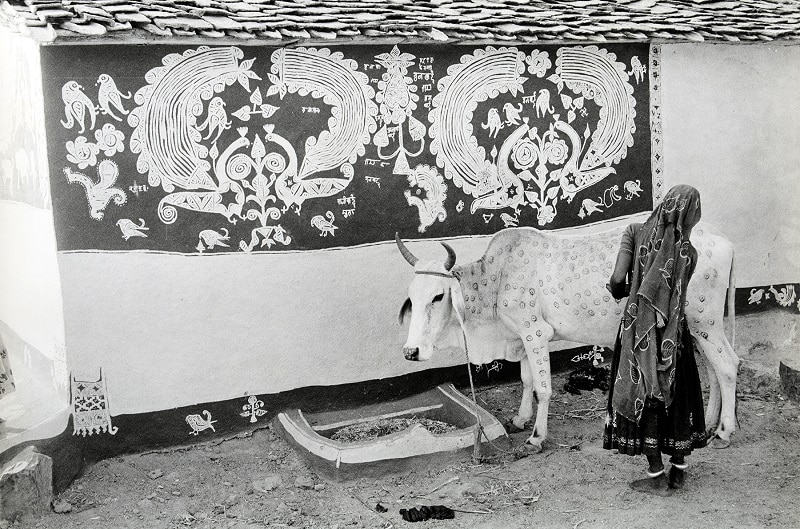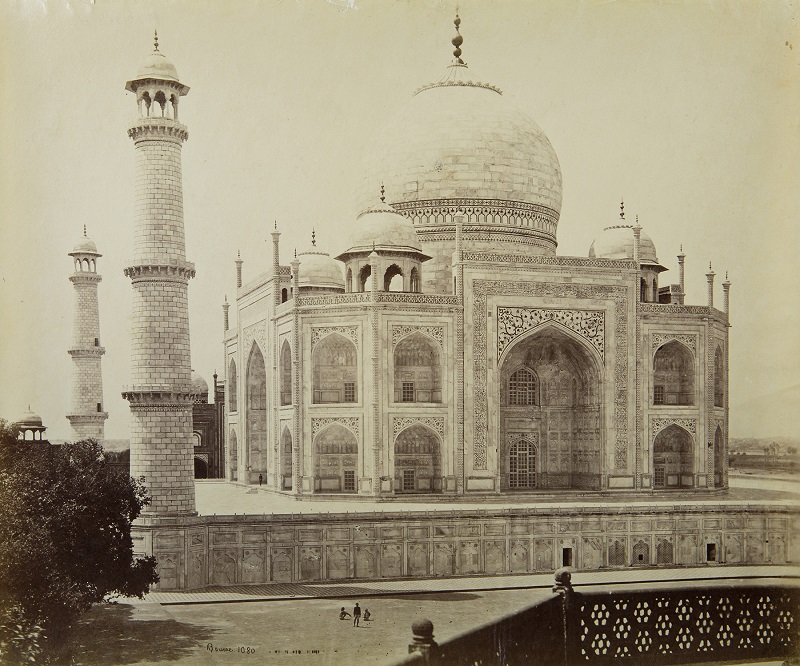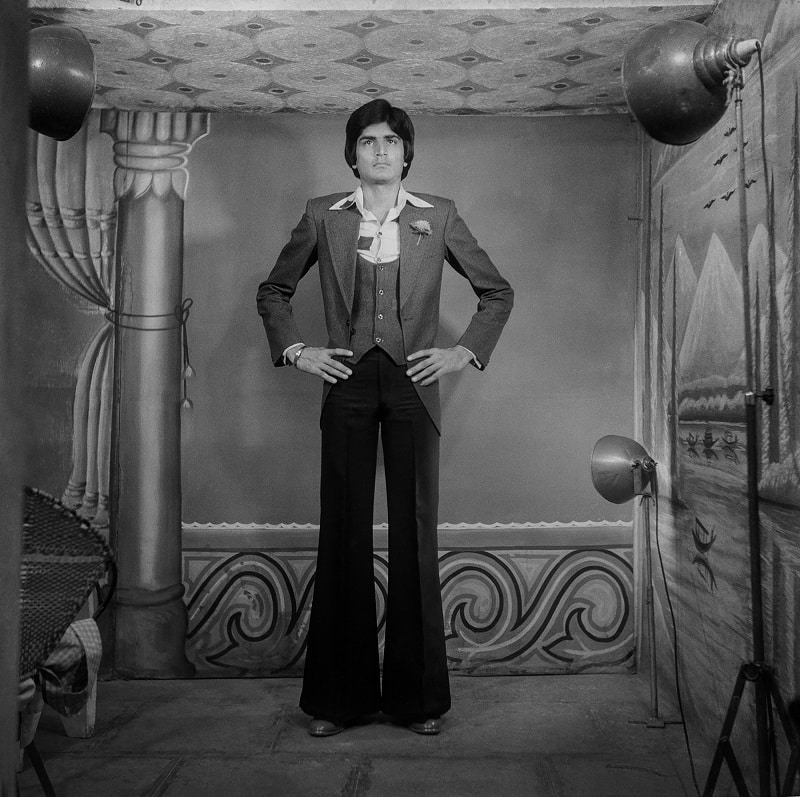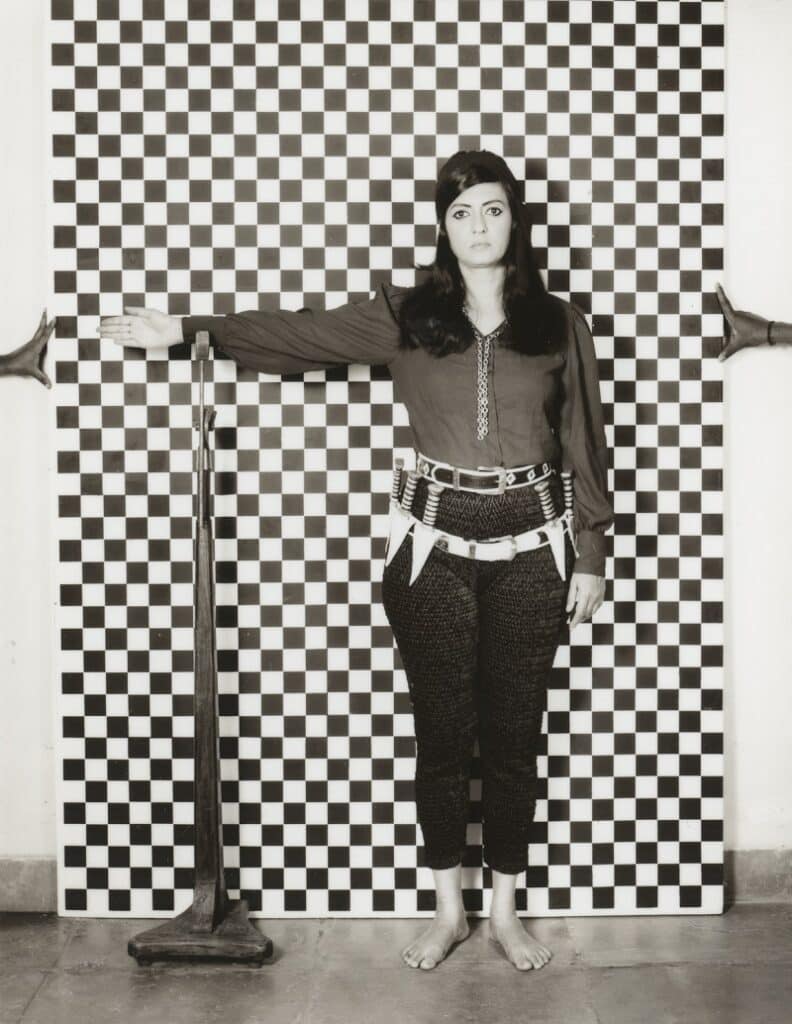‘Visions of India: from the colonial to the contemporary’ is a major survey exhibition of photographic works, exploring India’s relationship with photography from the 1860s to now. Divided across three broad periods of time; the colonial, postcolonial, and contemporary, ‘Visions of India’ brings a range of cultural, social and political themes to the surface with a curated spread of over 170 photographs selected from the Museum of Art & Photography (MAP), Bengaluru. MAP is home to a rich archive of historical and contemporary Indian art and textiles and holds one of the most significant and celebrated collections of photographs that India has to offer.
‘Visions of India’ is on view at Australia’s own home of photography, the Monash Gallery of Art (MGA) in Melbourne, until 20 March.

‘Visions of India’ Curator and Director of MAP Academy, Bengaluru, Nathaniel Gaskell says, “While this exhibition takes the context of colonialism as an entry point – both chronologically and conceptually – the historical arc of photography in India extends far beyond this initial point of contact, encompassing a range of shifts in artistic, cultural and political attitudes, and other voices who exist outside the traditional canon…
With this exhibition, we will uncover not only the primary history of the genre, but also the multiple parallel and lesser-known photographic practices in the subcontinent that re-emphasise the diverse and socially significant story of Indian photography.
In the 1860s India was in the tight grip of British colonial rule, this survey begins with a showcase of images produced by photographers and photographic studios who were working and operating during that time and includes photographs by both European and Indian photographers such as Samuel Bourne, Francis Frith & Co., Felicé Beato, Willoughby Wallace Hooper, Lala Deen Dayal and Khubiram Gopilal.

Also, on view are photographs from the creative studio of Maharaja Ram Singh II, the first ‘Photographer Prince of India’ who established a photukana/studio at his palace in Jaipur, where he produced visual documentation of local building projects, and explored his interest in the people, traditional costume, fashion and culture.
These are followed by a series of images by well-known mid-century European photographers, revealing “how photography remained entrenched in orientalist ways of seeing, for the benefit of Western media,” including images by renowned humanist photographer and pioneer of street photography, Henri Cartier-Bresson.
Also in the mix are works that reflect on “representation of tradition, inequity and modernity in a changing world, in response to the industrialisation and economic progress of the country,” alongside photographs by Mitter Bedi who specialised in industrial landscapes, and Jyoti Bhatt, a photographer, painter and printmaker, whose work was inspired by people, culture, tradition and festive celebrations. In Bhatt’s image (pictured) we see a Rajasthani woman preparing a bullock for the Hindu Govardhan Pooja festival, a celebration of Lord Krishna’s defeat of God Indra.

In 1979, Suresh Punjabi established the commercial Studio Suhag in Nagda, Madhya Pradesh. Punjabi was interested in theatrics of everyday life. His creative vision was to give his customers “a true reflection of themselves” through his photographs. Punjabi’s painted set-like studio was used to take wedding and family photos, as well individual portraits and passport shots. In his portrait Untitled (Full-length portrait of a man), 1985, Punjabi depicts a man, perhaps a groom, looking rather funky in an expertly tailored 1970s-styled suit, captured beautifully in his subjects pose.
From the 1990s onwards contemporary photographers including Pushpamala N and collaborator Clare Arni, Annu Palakunnathu Matthew, Anoli Perera, and American ordained Hindu priest and photographer Michael Bühler-Rose, bring focus to the overarching themes of “Western dominance, postcolonialism, identity politics and the ethics of representation” that continue to be explored and revealed through art today.

“The exhibition draws together an array of unique and fascinating works from the earliest days of colonial India through to some of the nation’s most remarkable contemporary photographers, in the first survey of its kind in Australia.” – Anouska Phizacklea, MGA Gallery Director.
Artists and Studios: Darogah Abbas Ali, Indu Antony, Felice Beato, Mitter Bedi, Jyoti Bhatt, Bourne & Shepherd, Samuel Bourne, Michael Bühler-Rose, Henri Cartier-Bresson, Chunni Lall & Co., Lala Deen Dayal, Francis Frith & Co., Gauri Gill, Khubiram Gopilal, Hamilton Studios Ltd, Johnston and Hoffmann, Willoughby Wallace Hooper, William Johnson, John William Kaye and John Forbes Watson, Karen Knorr, Annu Palakunnathu Matthew, Steve McCurry, Saché & Murray Studios, Pushpamala N with Clare ARNI, Nicolas & Company (attributed), Norman Parkinson, Anoli Perera, Suresh Punjabi, Marc Riboud, John Edward Saché, Charles Scott, Sawai Ram Singh II, Maharaja of Jaipur, Edward Taurines (attributed), Waswo X Waswo, Wiele and Klein Studio, Wilson Studios Bombay.
The Museum of Art & Photography, Bengaluru